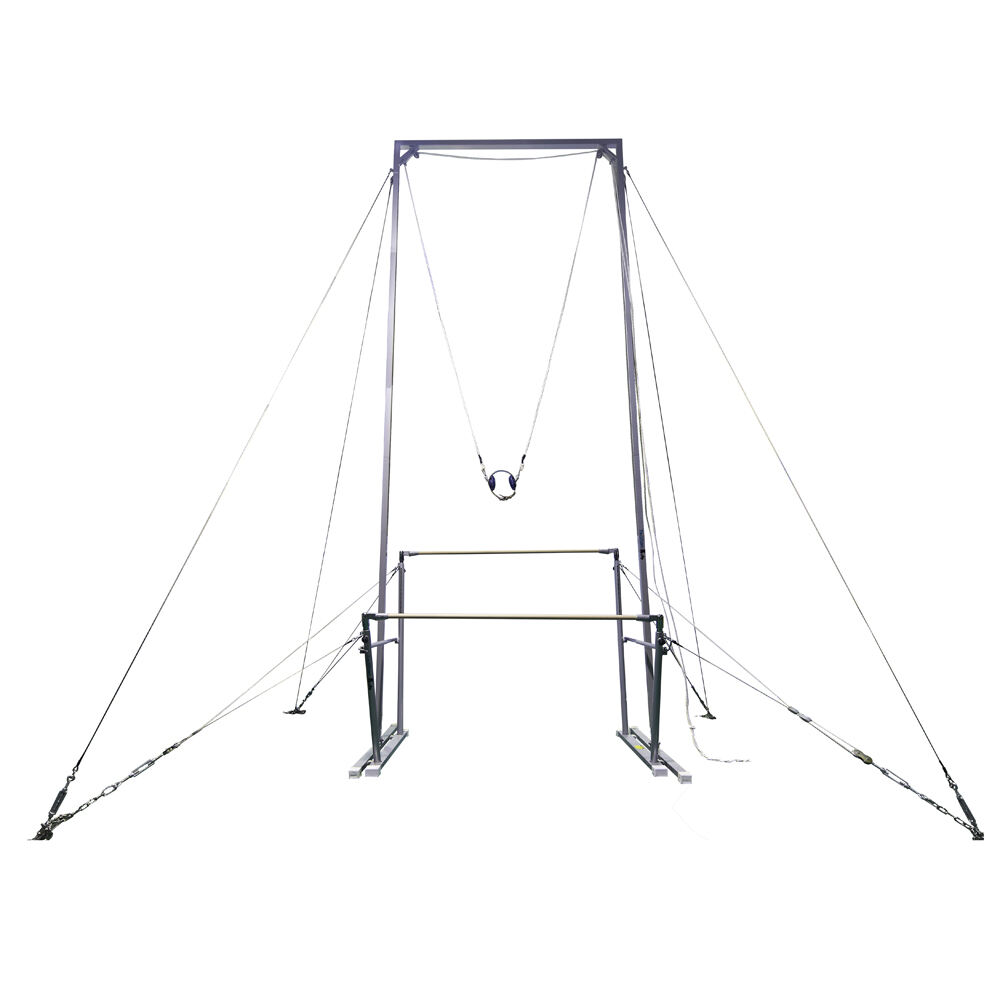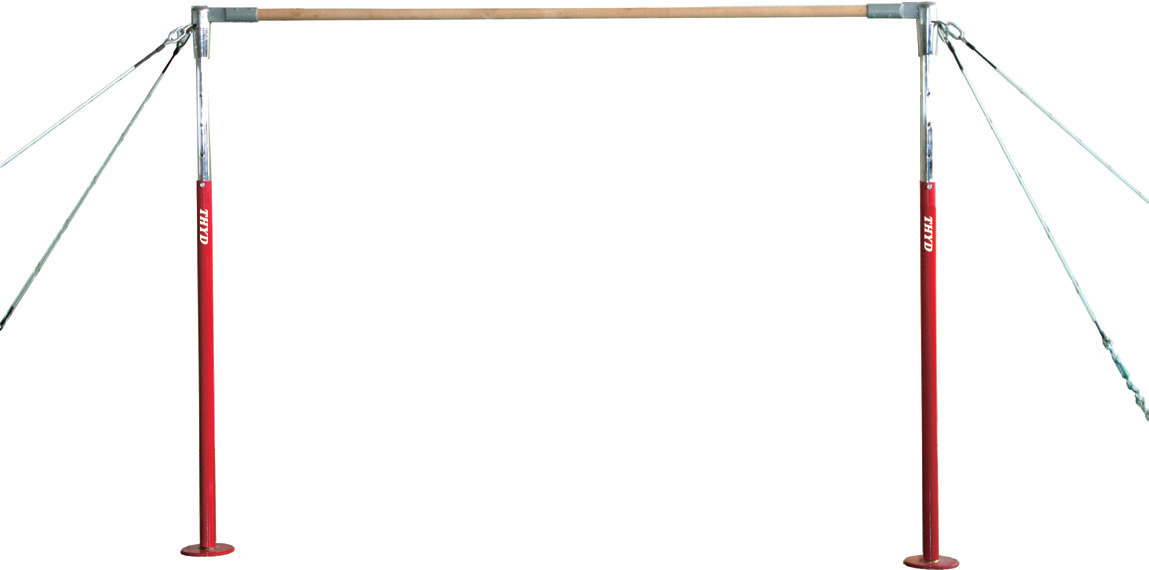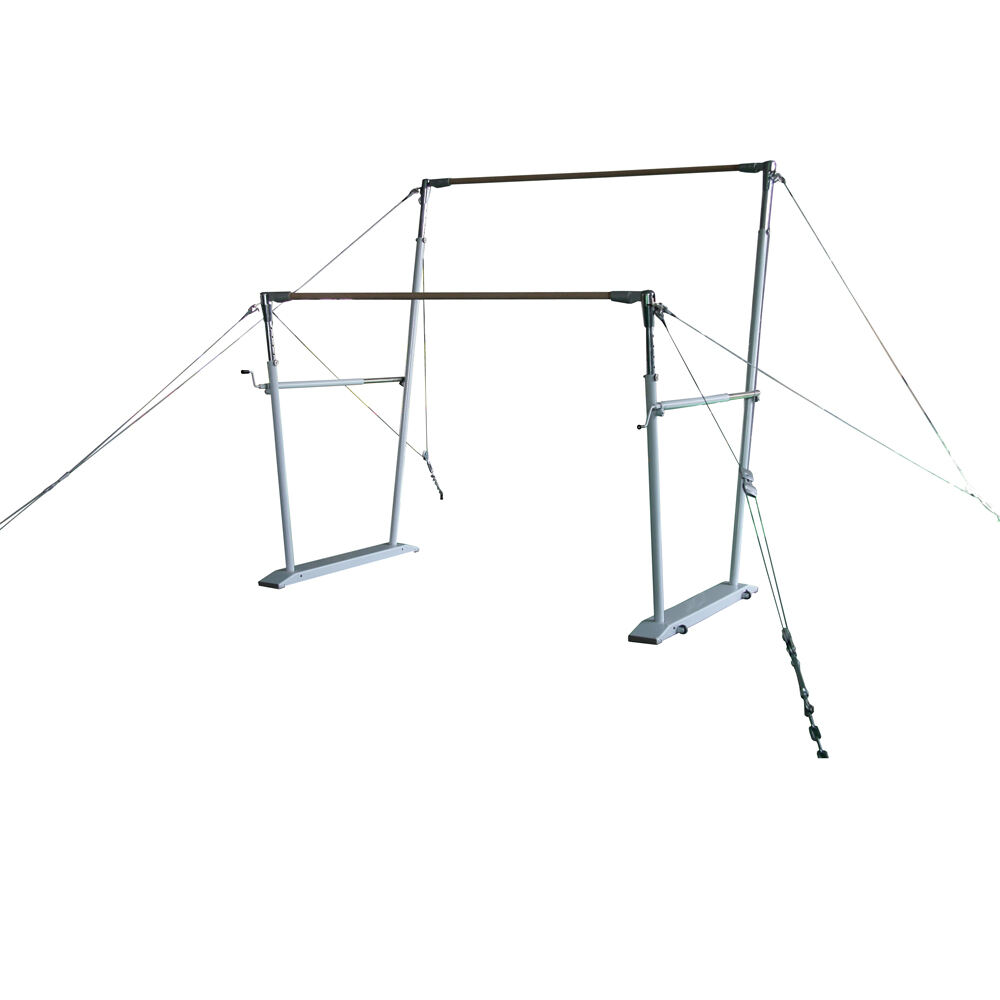men's floor exercise
The men's floor exercise is a dynamic and captivating gymnastics discipline performed on a 12x12 meter spring-loaded floor area. This sophisticated apparatus combines artistic expression with complex acrobatic elements, allowing athletes to showcase their strength, flexibility, and choreographic prowess. The performance area features a specialized surface constructed with multiple layers of padding and springs, providing optimal bounce and shock absorption for the execution of intricate tumbling passes and landing mechanics. Athletes must complete a routine lasting between 60-70 seconds, incorporating mandatory elements such as tumbling sequences, strength holds, and artistic movements. The floor exercise demands exceptional body control, spatial awareness, and technical precision, as competitors must execute various skills including multiple somersaults, twisting elements, and static strength positions. Modern floor exercises integrate advanced impact absorption technology and standardized markings to ensure both safety and precision in routine execution. The apparatus accommodates various skill levels, from basic training to elite competition, making it a fundamental component in men's artistic gymnastics development.


